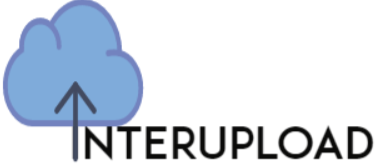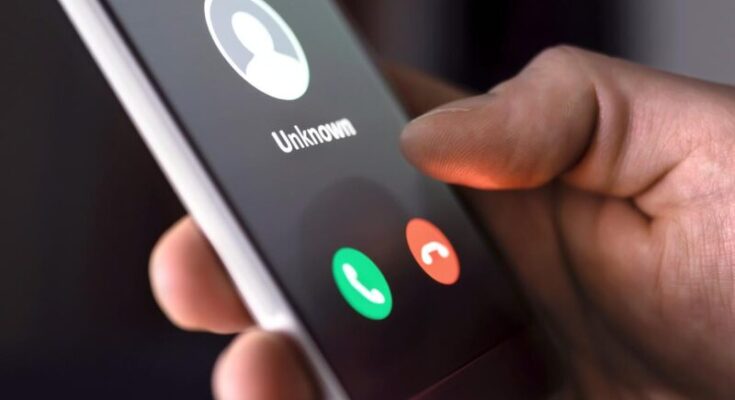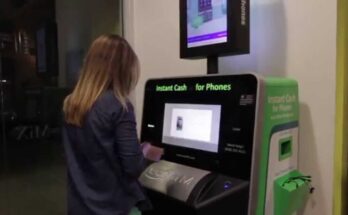In today’s interconnected world, receiving phone calls from unknown numbers has become a common occurrence. While some of these calls may be harmless or from distant acquaintances, others might be spam or even fraudulent attempts. As a result, it has become crucial for individuals and businesses to stay vigilant and identify potential spam calls. This article delves into the issue of spam calls and how a 91743000 number in Australia came into the limelight as being a potential source of such calls.
Who Called Me from the 91743000 Number?
The 91743000 number in Australia has gained attention as numerous people reported receiving calls from this unfamiliar number. Many individuals have shared their experiences online, expressing concerns about the authenticity and intent of these calls. Identifying who is behind the number has become a priority for those affected by these calls. The ability to determine the true identity of the caller can help individuals make informed decisions about whether to answer the call or not.
The Prevalence of Spam Calls in Australia
Spam calls have become a significant issue in Australia, impacting millions of people each year. Statistics show that a considerable portion of these calls are related to scams, ranging from financial fraud to identity theft attempts. Such calls not only cause annoyance but also lead to financial losses and emotional distress. Businesses are also affected by spam calls, as they can disrupt operations and lead to potential data breaches.
Understanding Caller ID Spoofing
One of the tactics used by spam callers is known as caller ID spoofing. This technique allows scammers to manipulate the information displayed on the recipient’s caller ID, making it appear as if the call is coming from a legitimate or familiar source. Caller ID spoofing is a deceptive practice that tricks individuals into answering the call, leading to potentially harmful consequences.
How to Perform a Spam Check on the 91743000 Number
To perform a spam check on the 91743000 number, individuals can use various tools and resources available online. One effective method is to utilize reverse phone lookup services. These services allow users to enter the suspicious number and gather information about its origin and potential owner. It’s essential to verify the legitimacy of the sources providing this information to ensure accuracy.
The Importance of Reporting Spam Calls
Reporting spam calls is vital in the fight against fraudulent activities. By reporting these calls to relevant authorities and telecommunication companies, individuals contribute to a collective effort to combat spam. Governments and telecom providers often collaborate to identify and take action against scammers and illegal telemarketers.
Staying Safe from Spam Calls
While it’s challenging to entirely avoid spam calls, several measures can reduce their frequency and mitigate the risks associated with them. Firstly, individuals should refrain from sharing personal information over the phone, especially when the caller’s identity is uncertain. Secondly, they can enable call-blocking and filtering features provided by their telecommunication providers. Additionally, educating oneself about common scam tactics can help in identifying potential threats.
The Role of Telecommunication Providers
Telecommunication companies play a crucial role in protecting their customers from spam calls. Many providers offer call-blocking features and actively work to identify and block known scam numbers. They invest in call authentication technologies and collaborate with regulatory authorities to stay one step ahead of scammers.
The Future of Spam Calls and Caller ID Technology
As technology evolves, so do spam call tactics. However, advancements in call screening and authentication technologies show promise in reducing the impact of spam calls. Telecommunication providers are continuously developing new methods to protect their customers from unwanted calls, including deploying artificial intelligence and machine learning algorithms to detect and block spam calls in real-time.
Conclusion
The prevalence of spam calls, including those from the 91743000 number in Australia, has become a pressing issue affecting individuals and businesses alike. It’s essential for people to stay informed and cautious when receiving calls from unfamiliar numbers. Utilizing reverse phone lookup tools, reporting spam calls, and taking advantage of call-blocking features are effective ways to protect oneself from potential scams.
FAQs
Q 1: What is the best way to report a spam call?
A: The best way to report a spam call is to contact your telecommunication provider and share the details of the call, including the number, time of the call, and any relevant information. Most providers have dedicated departments to handle such reports and take appropriate actions.
Q 2: Can I prevent spam calls altogether?
A: While it’s challenging to eliminate spam calls entirely, you can significantly reduce their frequency by enabling call-blocking features on your phone and being cautious about sharing personal information over the phone.
Q 3: How accurate are reverse phone lookup tools?
A: The accuracy of reverse phone lookup tools varies depending on the data sources they use. It’s essential to use reputable and reliable services to ensure the information you receive is accurate.
Q 4: Are there any legal consequences for making spam calls?
A: Yes, in many countries, including Australia, making spam calls is illegal, and those found engaging in such practices may face legal consequences and penalties.
Q 5: How can businesses protect themselves from spam calls?
A: Businesses can protect themselves from spam calls by implementing call-blocking and filtering systems, educating their employees about potential scams, and reporting any suspicious calls to relevant authorities or their telecommunication providers.




